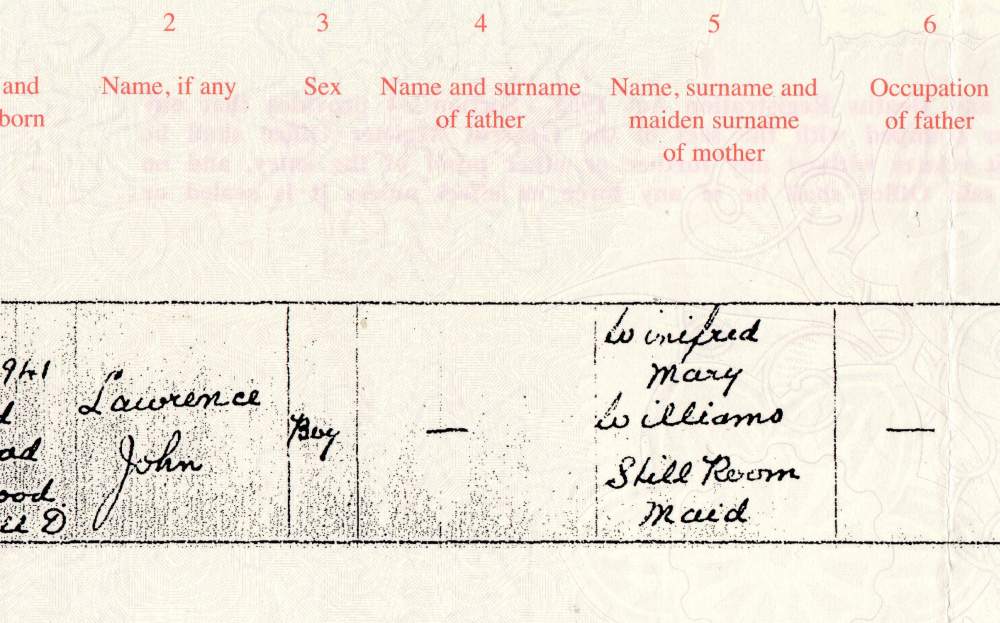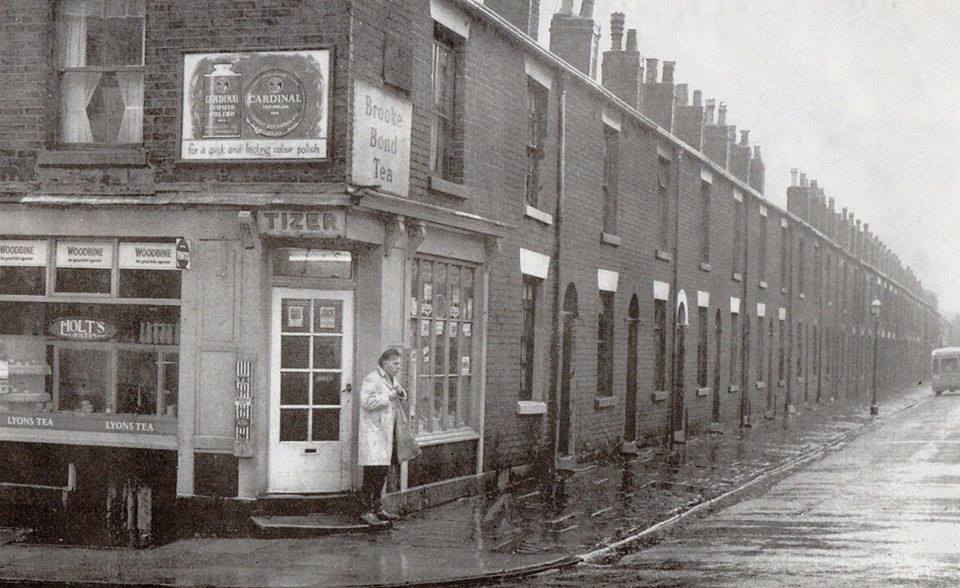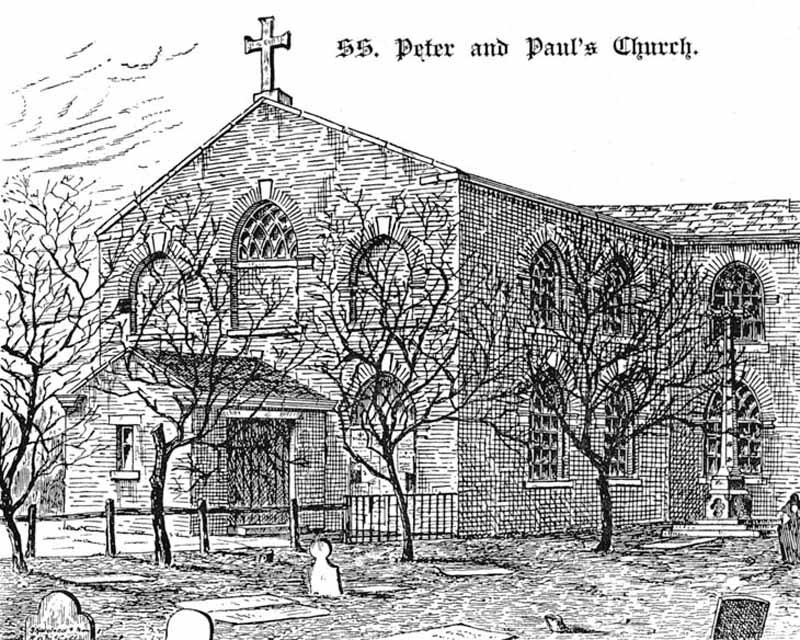From the end of January 2026, this site will be closing, and the content will be moving to a new site that you can find here – https://oldrootsgenealogy.blogspot.com/ Bear with me, as there won’t be much to see at the new site for now, but it will be up and running by the end of January. I don’t post often enough to justify the costs of self-hosting, and so I’m going to try the free WordPress option and see how that works out. Hopefully the move will be simple, and I won’t lose any of your comments, but I apologise…
-
-
Civil registration for births, marriages and deaths in England and Wales began in 1837. Entries are stored at the General Registry Office (GRO), from where certificates can be purchased. Currently, a full certificate costs £12.50 and usually takes around 7 to 10 working days to arrive by 2nd Class Royal Mail postage. For many birth and death entries, a pdf certificate can be ordered for £8.00, or a digital copy of the entry (not a certificate) for £3.00. However, not all entries have been digitised. Background to digitisation The GRO initially began digitisation in 2005, under a project named DoVE…
-
The 1921 Census was taken on the evening of the 19th June 1921 in England, Wales, Isle of Man, Channel Islands and Scotland. There was no census taken in Ireland in 1921 due to the War of Independence, the first censuses taken independently in the Irish Free State and in Northern Ireland were on 18 April 1926. Where can the census be viewed? Find My Past and Ancestry have the 1921 Census for England, Wales, Isle of Man and the Channel Islands, while Scotland’s People has the Scottish census. On Find My Past, the census can be accessed from the…
-
New website post – https://oldrootsgenealogy.blogspot.com/2025/11/civil-registration-in-great-britain-and.html Birth, marriage and death certificates are invaluable to genealogists. In Great Britain and Ireland, civil registration began in the 19th century: Before those dates, we need to rely on parish records. England and Wales Birth, marriage or death certificates for England or Wales can be obtained from the General Register Office. Currently (July 2024) hard copies received through the post cost £12.50. You can save money by ordering a pdf for £7, or digital certificate for £3 for birth entries from 1837 up to 100 years ago, and death entries from 1837 to 1957. Note…
-
I have made the decision not to include one branch of my family in this website, and to omit them from my public tree on Ancestry. Whilst it was well known in our family who my paternal grandfather was, and this has been confirmed by DNA, the man isn’t listed on my dad’s birth certificate and he may not ever have known that dad existed. He went on to marry someone else in a different part of the country and have several children with this lady who are still alive, and I would assume know nothing about their older brother.…
-
New website post – https://oldrootsgenealogy.blogspot.com/2025/11/julian-to-gregorian-calendar-move-in-uk.html It’s likely you will have come across dates where the transcribed year appears in the format 1748/49, using both the Julian and Gregorian calendars. Before 1752 the UK used the Julian Calendar, after 1752 the Gregorian Calendar came into use. Whilst the Gregorian Calendar uses 1 January as New Year’s Day, in the Julian Calendar it was 25th March. The relevance of this to genealogists It’s natural for us today to glance at dates and see December as the end of the year. However, prior to 1752 the end of the year was in March.…
-
New website post – https://oldrootsgenealogy.blogspot.com/2025/11/uk-ministry-of-labour-instructions.html In 1934 my grandfather worked at Bourne Transfer Instructional Centre in Lincolnshire, one of many work camps set up by the Ministry Of Labour to retrain unemployed young men. At Bourne, the men spent much of their time clearing ground owned by the Forestry Commission, prior to re-afforestation. Although grandad may not have learnt much about agriculture here, it did give him a taste for working on the land which was something he did until the early 1950s. Although I had a couple of photos of my grandfather with “Bourne TIC 1934” written on the back,…
-
Built in the mid 19th century, the Castle Hotel is located on High Street in Llanberis. It closed in the 1980s and fell into disrepair, before being completely renovated and converted into a shop and flats. Slide the arrows to compare the images When the hotel was sold in 1861, it appears there were no buildings across from it because it boasted views of Llyn Padarn and Dinorwic Quarry. The hotel, gardens, coach house and stables were sold again in 1883, and was purchased by the Cambrian Building Society of Cwmyglo for £820. They sold the building in 1889 for…
-
In the late 19th century, my 3 x great grandfather William Higginson owned four houses on Mason Street in Bolton, numbers 78, 80, 82 & 84. He lived at number 82 with his family and rented out the other three houses. William was a sawyer in a wood mill, so I’m curious as to how he ended up owning four houses and what happened to them. This post is to try and help me get my own thoughts and research down. Location Mason Street ran off Mayor Street, parallel with Wellington Street, between Deane Road and Queens Park. Today the…
-
Just a brief history of the church and school that many of my relatives used. Parish records are partially available on Lancs Online Parish Clerk website – https://www.lan-opc.org.uk/Bolton-le-Moors/Great-Bolton/peterpaul/index.html History Dates







